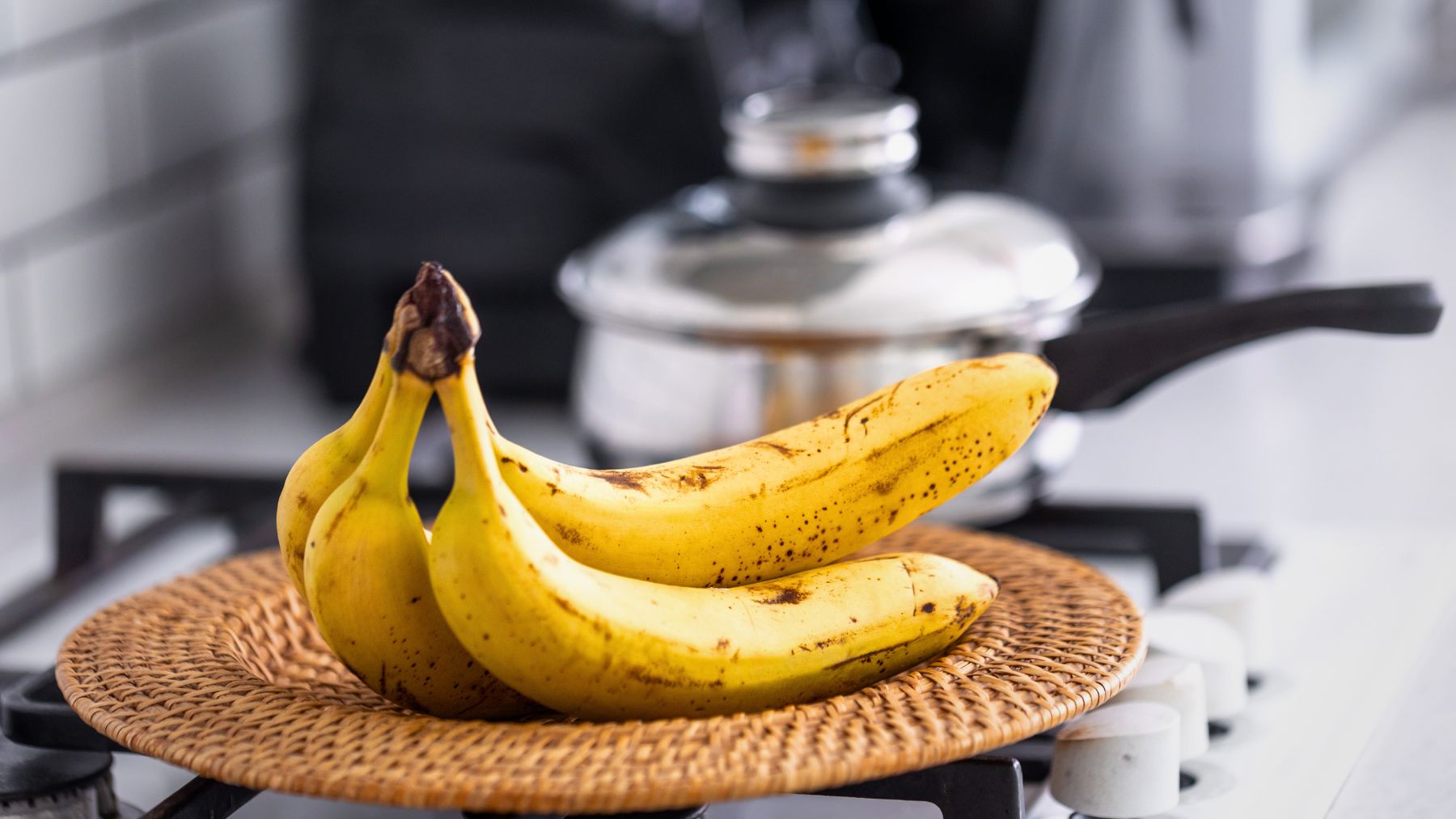Many of us have experienced the disappointment of a soft, overripe banana turning brown far too quickly. In the search for the perfect spot to keep our fruit fresh, it can be confusing to know whether the best place is on the kitchen counter, in the refrigerator, or elsewhere. There are many recommendations for this, but a simple technique can make a significant difference in extending the life of your bananas.
Here, we’ll clear up the confusion by focusing on one trick: wrapping the stems. You will also find practical suggestions for storing bananas, insights on when refrigeration can be helpful, and tips on handling peeled or overripe fruit. The goal is to help your bananas retain their vibrant yellow hue and firm texture for a longer period.
Wrapping the stems: the trick to keep your bananas fresh for longer
Bananas naturally release ethylene, a gaseous hormone that initiates the ripening process. The stems serve as the primary exit point for this gas from the fruit. When ethylene disperses freely, it signals the entire bunch to soften and sweeten rapidly, much like what happens with other ethylene-producing fruits such as apples, avocados, and pears.
Wrapping the stems directly tackles this issue by slowing the emission of ethylene. Covering the stem region can reduce the amount of gas around the fruit, decelerating the ripening process. This simple barrier ensures that your bananas maintain their ideal yellow firmness for several days.
Obtain a small piece of plastic wrap or aluminum foil and wrap it tightly around the stem end where the bananas converge. Ensure that the wrap is secure and covers the entire stem area. If you choose to separate the bananas—a step that can further minimize ethylene exposure—wrap each stem separately.
More tips for storing bananas
There are other effective practices that can enhance banana preservation even more. Here are additional methods that have proven successful:
- Room temperature is best (initially): Store bananas at room temperature until they have reached your desired ripeness. Avoid areas with excessive heat or direct sunlight, as these conditions accelerate the ripening process.
- Give them space: Separate the bananas from the bunch to prevent the buildup of ethylene, which can lead to bruising. After separation, wrap each stem individually to slow the ripening even further.
- Hang them up: Utilize a banana hanger if available. Suspending the fruit minimizes bruising from countertops and promotes better air circulation.
- Keep them solo: Store them apart from other ethylene-producing fruits such as apples, avocados, or tomatoes. The combined release of gas from these fruits often speeds up ripening for all produce stored together.
- Fridge for ripe bananas: Once the bananas have reached perfect ripeness, you can store them in the fridge. Although the peel may darken to brown or black, the fruit inside retains its quality.
- Protect cut bananas: When storing peeled or sliced bananas, lightly brush the fruit with lemon or pineapple juice to slow the browning process. Then, either wrap them securely or place them in an airtight container in the fridge.
By emphasizing the stem wrap technique along with these complementary strategies, you can avoid the pitfalls of keeping unripe bananas in the fridge. This approach not only prolongs the freshness and flavor of your bananas but also helps reduce waste and save money.

